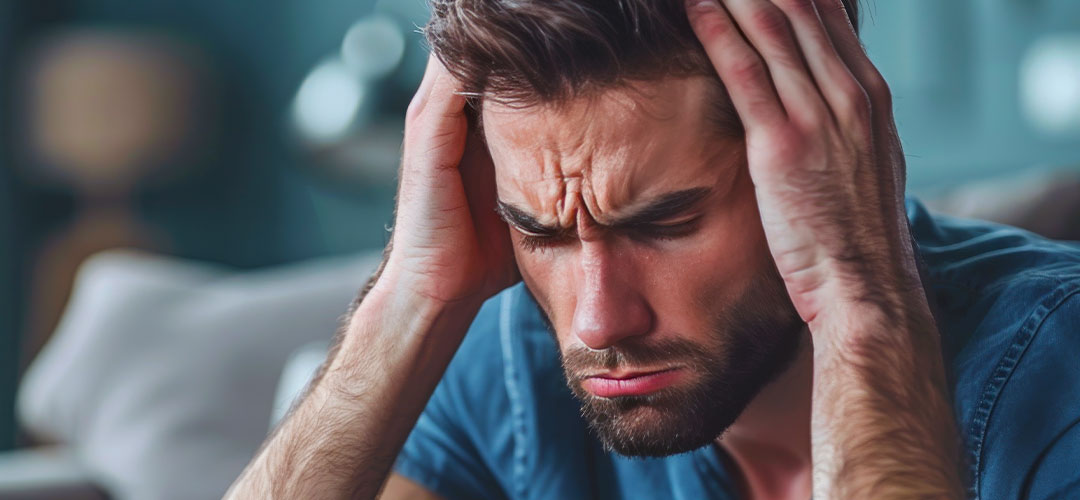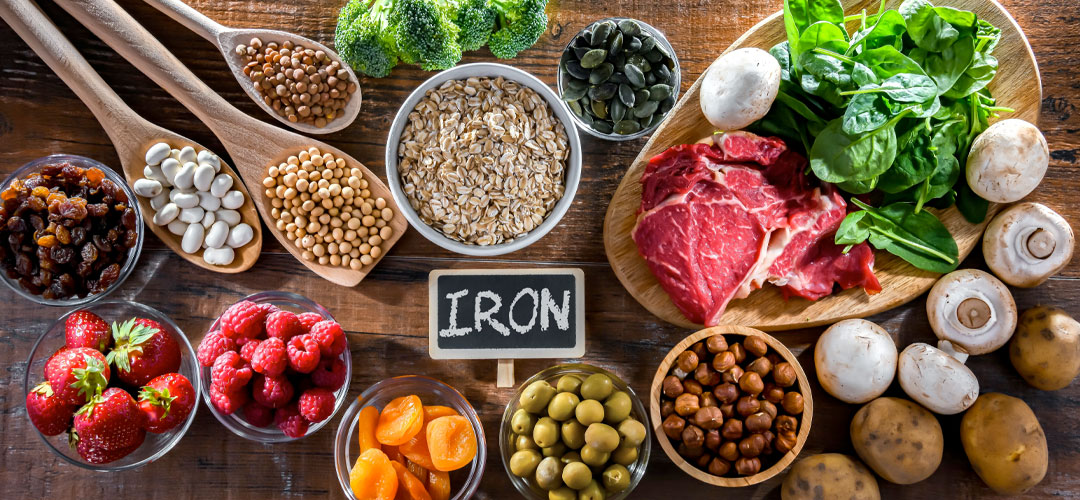
Iron is one of the most important minerals for your overall health.
Yet iron deficiency remains one of the most common nutritional deficiencies in the UK, particularly among women, vegetarians, and those with busy, demanding lifestyles. If you’ve been feeling unusually tired, struggling to concentrate, or dealing with frequent headaches or cold hands and feet, it might not just be stress or lack of sleep, low iron could be the hidden culprit.
In this blog, we’ll explore key signs of iron deficiency and why it’s so common.
What Does Iron Do in the Body?
Iron plays a central role in the production of haemoglobin, a protein in red blood cells that carries oxygen from your lungs to the rest of your body. When iron levels are low, your body can’t produce enough healthy red blood cells, which can lead to a condition known as iron deficiency anaemia.
In addition to supporting oxygen transport, iron also:
- Contributes to energy production and reduces tiredness and fatigue
- Supports cognitive function and concentration
- Aids immune system function
- Plays a role in healthy skin, hair and nails
When you don’t have enough iron, your cells and muscles are starved of oxygen, which can leave you feeling drained and under the weather.
Common Signs of Iron Deficiency
So, how can you tell if you're low in iron? The symptoms can vary in intensity, but common signs of iron deficiency include:
- Constant fatigue or exhaustion
- Pale skin or dark circles under the eyes
- Dizziness or light-headedness
- Breathlessness after mild exertion
- Headaches
- Poor concentration or brain fog
- Cold hands and feet
- Brittle nails or hair thinning
- Increased heart rate or palpitations
- Restless legs or tingling sensations
If these symptoms sound familiar, a blood test can confirm whether you’re low in iron or experiencing iron deficiency anaemia.
Why Are So Many People Low in Iron?
There are several reasons why iron deficiency is so widespread:
- Menstruation: Women of reproductive age are particularly at risk due to monthly blood loss.
- Pregnancy: The demand for iron increases significantly during pregnancy to support both mother and baby.
- Poor dietary intake: Vegans and vegetarians may not get enough iron-rich foods, or may consume forms of iron that are less easily absorbed by the body.
- Digestive issues: Conditions like coeliac disease or IBS can interfere with nutrient absorption.
- Frequent blood donation or intense exercise: Both can deplete iron stores over time.
- Low stomach acid: This affects how efficiently your body can absorb iron from food and supplements.
Even if your diet includes some iron-rich foods, certain compounds in tea, coffee, dairy, or calcium supplements can inhibit iron absorption, which may contribute to low iron levels over time.
Best Dietary Sources of Iron
There are two types of iron in food:
- Haem iron (easily absorbed) – found in red meat, liver, poultry, and fish.
- Non-haem iron (less easily absorbed) – found in plant-based sources like lentils, tofu, spinach, fortified cereals, beans, and seeds.
To maximise absorption of non-haem iron, try pairing iron-rich foods with a source of vitamin C (like citrus fruits, tomatoes, or peppers).
Iron Supplements for Women
Because of their higher risk of deficiency, many women benefit from iron supplements specifically formulated for women. These often include added B vitamins or folic acid to further support energy and red blood cell production.
When choosing a supplement, it’s important to look for gentle, well-absorbed forms of iron, such as ferrous bisglycinate, which is less likely to cause constipation or stomach upset compared to traditional iron salts like ferrous sulphate.
Look for products that also include vitamin C, which enhances iron absorption. Some advanced formulas even combine iron with other nutrients that support energy, hormonal balance, or immune health.
Best Iron Supplement for Fatigue
If you’re feeling constantly tired, sluggish, or run-down, choosing the best iron supplement for fatigue could make all the difference.
Look for iron supplements that:
- Are easy to digest and gentle on the stomach
- Provide a meaningful dose of bioavailable iron
- Include vitamin C to aid absorption
- Are free from artificial fillers, preservatives, or allergens
- Are suitable for your lifestyle (vegan, gluten-free, etc.)
Always follow dosage guidelines, as taking too much iron can be harmful. If in doubt, speak with your GP or a qualified nutritionist before starting any new supplement.
How Long Does It Take to Feel Better?
Most people start to feel an improvement in their energy levels within a few weeks of taking iron supplements, though it can take 2–3 months or longer to fully restore depleted iron stores. For best results, consistency is key, and dietary improvements should go hand-in-hand with supplementation.
If your iron levels remain low despite supplementation, or you have ongoing symptoms, a healthcare professional can help identify any underlying causes.
Final Thoughts: Don’t Ignore Low Iron
Iron deficiency is more than just feeling tired, it affects everything from your mood and mental clarity to your physical strength and immune resilience. Fortunately, it’s also one of the easiest deficiencies to correct with the right dietary changes and support.
If you suspect your iron levels are low, don’t ignore the signs. Choosing the best iron supplement could be a game-changer for your daily energy, productivity, and quality of life.
Disclaimer:
Information and other content provided in Lily & Loaf blogs should not be construed as medical advice and should not be considered a substitute for professional medical expertise. If you have any medical concerns, you should consult with your health care provider.






